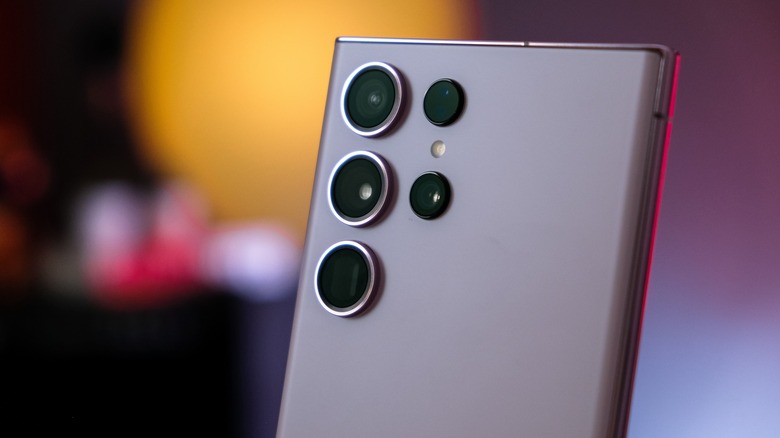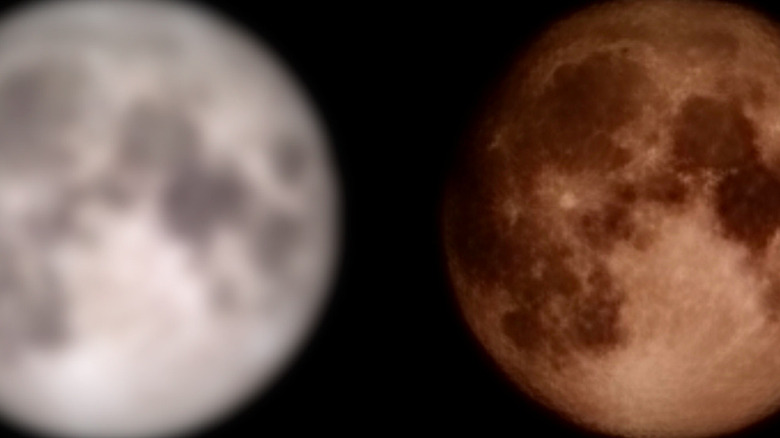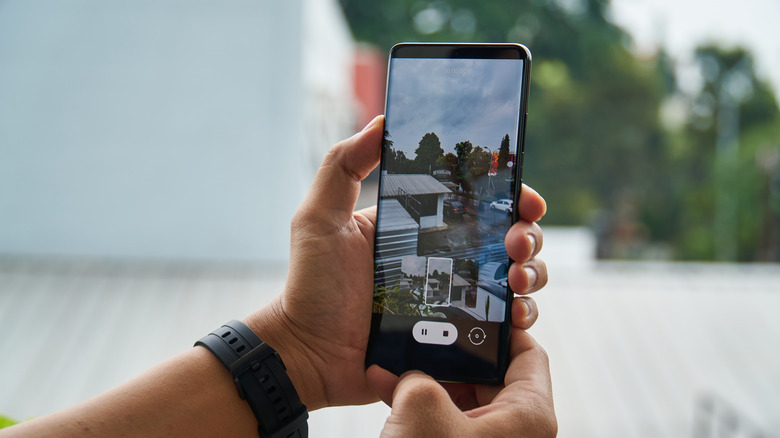Samsung Under Fire From Users For Exaggerated Space Zoom Photo Features
The line between deceptive marketing and flat-out false advertisement is finer than a ballpoint pen. Companies have used wordsmithing and photo trickery for ages to paint the rosiest pictures of their products and services. Oftentimes, that rose is depicted without its thorns, and as skilled as these marketing teams are at tucking them behind the stem, sometimes, they're pruned altogether.
For instance, have you ever ordered a pizza based on an ad with gooey, stringy, stretchy cheese, only to get a box of your own and feel robbed of that same cheesy euphoria? And I'm sure we all loathe how those impossibly juicy, perfectly stacked burgers actually come out looking a greasy mess.
That's because, in some cases, they fabricate what they want you to see into existence. We're not sure which side of the spectrum this Samsung issue may eventually land on, but the smartphone maker is facing heightened scrutiny after testing shows one of its flagship camera features isn't quite as powerful as we've been led to believe. It's not the first to face such allegations, and odds are it probably won't be the last.
How Space Zoom cameras work
The highest tier in Samsung's flagship smartphone lineup since the Galaxy S20 has used what the company coins a Space Zoom camera. It uses ultra-high resolution (100MP to 200MP) sensors to offer a digital zoom feature, allowing you to crop tightly without sacrificing fine detail. Samsung's advertising suggests it can capture so much information that it can take detailed shots of the moon, sharp craters and all.
This special "moon mode" is being used as the catalyst for a new round of outrage from those who feel the company needs to be more clear about how its camera works. It began with a Reddit user who posted the results of an experiment where they blurred an actual photo of the moon to obscure its details and took a photo of the altered shot with their smartphone. The resulting image (above) was unacceptable in their eyes, as it added details of the moon that clearly weren't present to begin with.
Samsung has never been shy to admit its camera sensor can't actually capture that level of detail by its power alone. It's clear that it uses AI to produce the final result — as detailed on the Samsung website — and AI-assisted photography is widely acceptable. But some felt the company implied that it uses a powerful machine learning algorithm to analyze thousands of reference shots to enhance details from information captured by the sensor itself. Instead, it seemingly splices (and, sometimes, outright replaces) the subject with added imagery that didn't originate from the camera sensor.
Is Samsung lying about Space Zoom?
To be fair, Samsung never claimed that its camera could actually zoom so far that its sensor can capture that level of fine detail from the moon. In fact, as far back as the Samsung Galaxy S20 Ultra, its website still admits that its "Space Zoom" camera is only truly effective up to 330 feet before the severe image degradation caused by digital zoom starts to obscure details. Considering the moon is nearly 240,000 miles away from Earth, you'd think most would arrive at this conclusion on their own.
But therein lies the apparent problem — most people don't seek out the fine print, nor are they likely to care or understand how the technology actually works beyond the surface level. Samsung knows this. Every technology company knows this. And every marketing guru knows why Samsung decided to green-light the messaging regardless.
It's a cool parlor trick that helps sell the phone, but ultimately, each individual is responsible for knowing exactly what they're exchanging their money for. As it stands, there's unlikely to be a strong case against Samsung for false advertisement, but we always appreciate any opportunity to pressure these companies to be more transparent about their products' inner workings.


